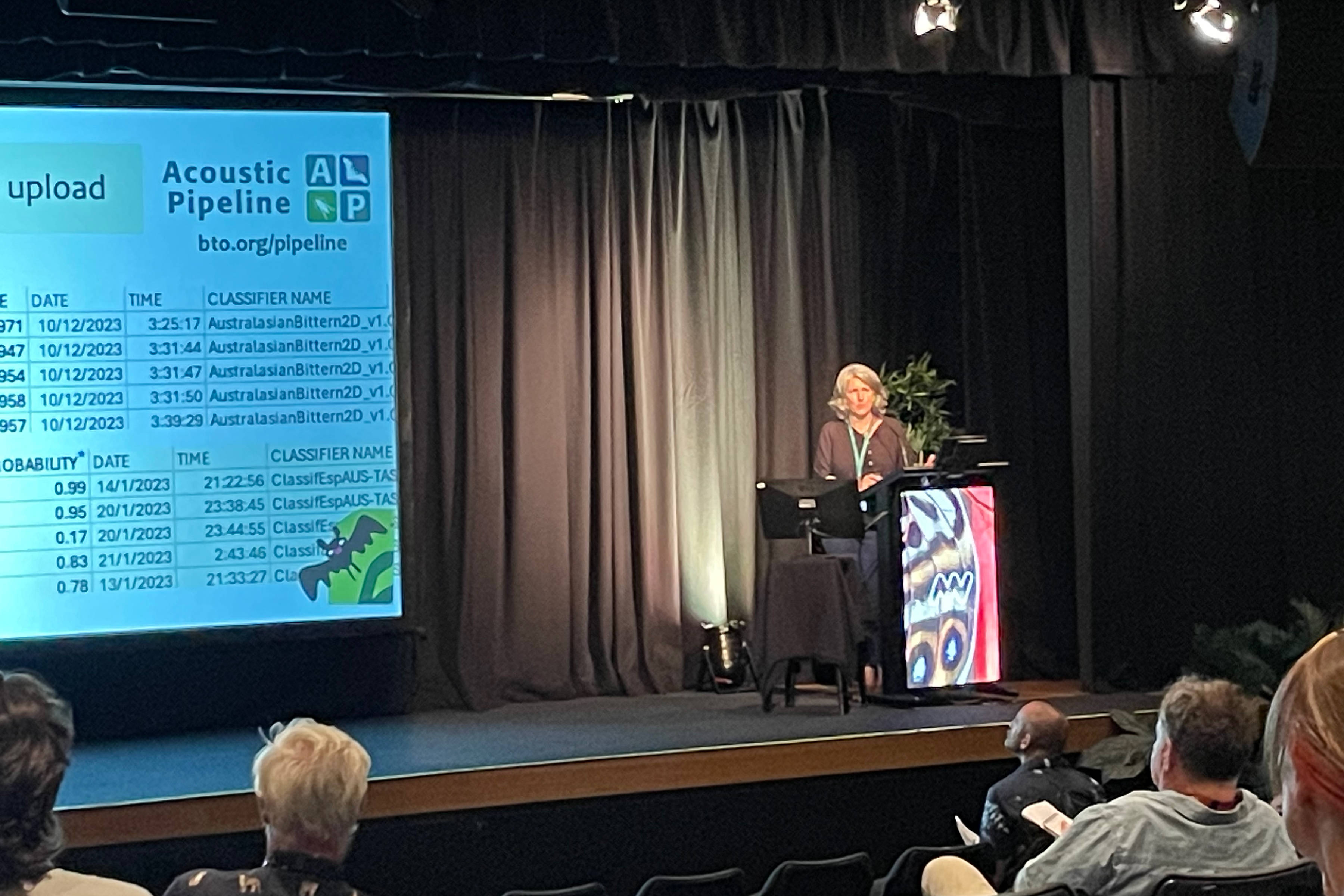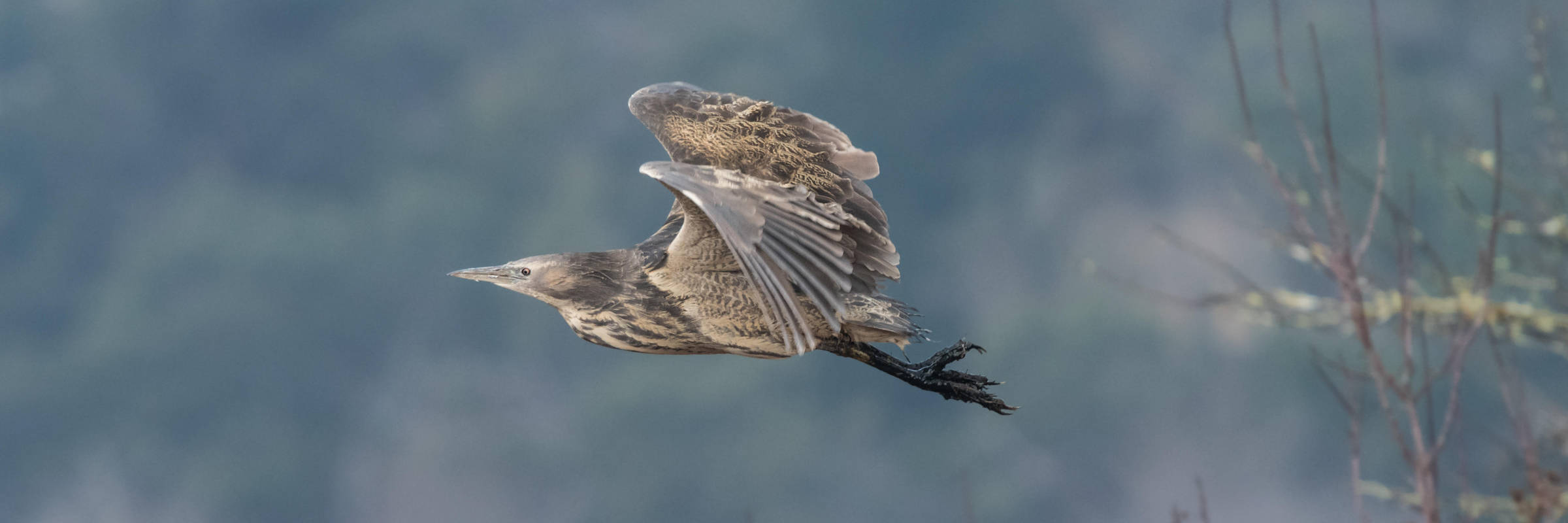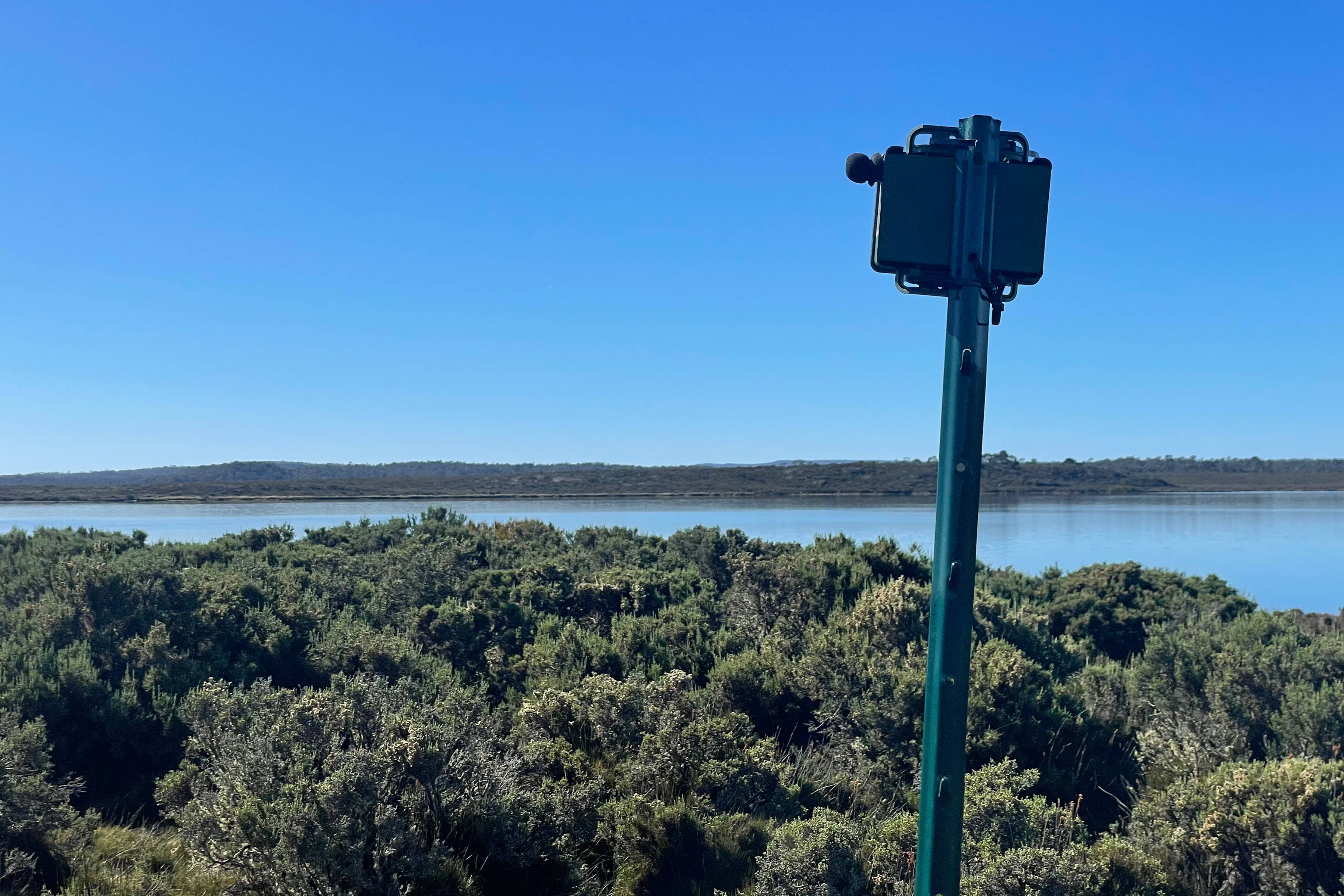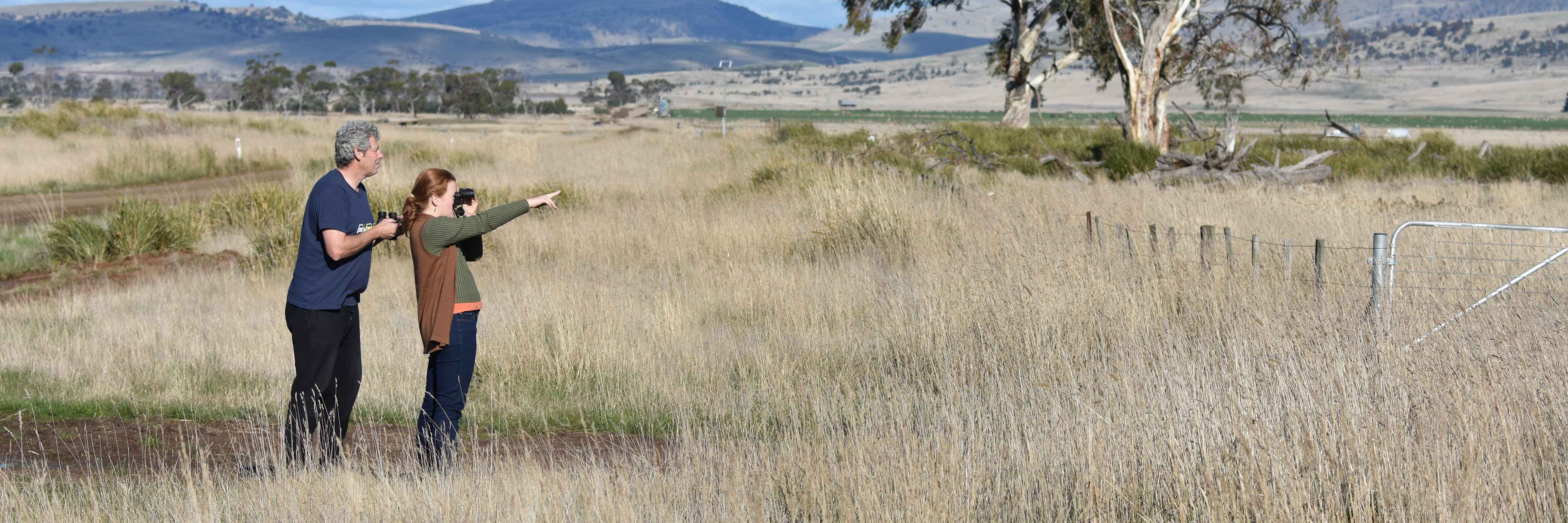Timelines vary with the location from which you are borrowing your recorder; sessions start between and , and they’re available at the time of writing at Smithton, Devonport, Whitemark, Launceston, St Helens and Hobart.
For added inspiration, read all about progress so far…
For its second official season, the CallTrackers project has been going well, with lots of bookings (and subsequent recording uploads) across the state, from Melaleuca to Flinders Island. Coverage has been spectacular in the central north, particularly thanks to brilliant CallTrackers Jing, Geoff and Petra. From 34 squares booked for this season, recordings from 27 have now been uploaded.
From everyone’s recordings, the Acoustic Pipeline bat call classifier has so far identified six out of the nine bat species known in Tasmania: the eastern false pipistrelle; Gould’s wattled bat; large forest bat; little forest bat; lesser long-eared bat; white-striped free-tailed bat. This last species is not considered to be resident in Tasmania, but the classifier has identified it in several locations.
However — before we get too confident over our conclusions — we know that we still need to improve the quality of our classifier, and also manually check recordings identified by the classifier. Our project to get more recordings from pre-identified species is now well under way, with lots of ‘bat landlords’ letting us know of the bat roosts in their houses. A crack team of volunteers has already visited nine roosts in southern Tasmania, and has started to gather recordings.
Progress is also catching up for the bittern recordings this season, with the addition of a classifier for this species too. CallTrackers HQ is still wading through recording-checks from last season, but the new classifier makes everything a lot speedier this year; and it’s relatively easy to check the recordings and further improve this classifier.
It has previously been suggested that there could be fewer than 80 bitterns in Tasmania, so it’s been quite cheering to pick up some booms through everyone’s great efforts with our seven recorders. Locations where bittern booms have been manually confirmed include Moulting Lagoon and the Derwent Estuary, as well as some private properties. Keep your eyes out for a lovely story of an additional, lesser known location, due to come out soon.
Perhaps you’ve heard some booms yourself — now, or in the past? This recording might jog your memory:
Close your eyes, turn up the volume and imagine you’re by a wetland on a summer evening at dusk, straining your ears to hear a deep sound like someone blowing over a huge bottle, far beyond the frogs and swans… The recorder was on the edge of a lagoon at a Midlands property (it’s great to have the cooperation of farmers working in conservation). Bitterns typically give 2–4 slow booms, then nothing for a minute or two, then perhaps another 2–4 booms, and so on. If this is a familiar sound, CallTrackers HQ would love to hear your story — please get in touch.
NatureTrackers coordinator, Clare, proudly reported everyone’s progress to the Melbourne Ecoacoustics Symposium in February 2024, and got a great opportunity to learn more about the techniques everyone else is using in the super-fast-moving world of acoustic wildlife monitoring.

If you find all this stuff fascinating, here are some further avenues to explore:
- Guide to Tasmanian bats and their habitat
- The British Trust for Ornithology’s Acoustic Pipeline (the software used to coordinate CallTrackers, and manage and analyse recordings)
- Acoustic Pipeline guide to exploring your recordings further
And if you’d like to help improve the classifiers or get involved in other ways — wonderful — please contact CallTrackers HQ today!


